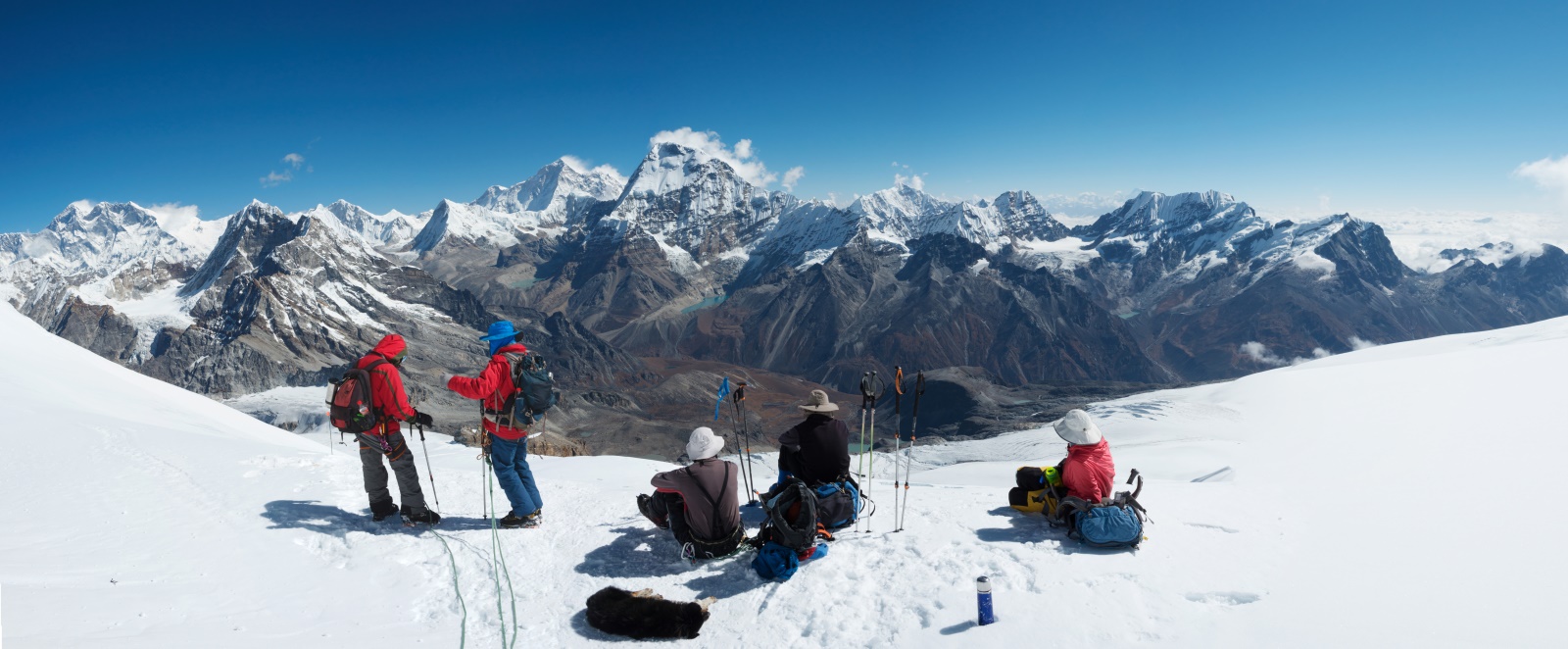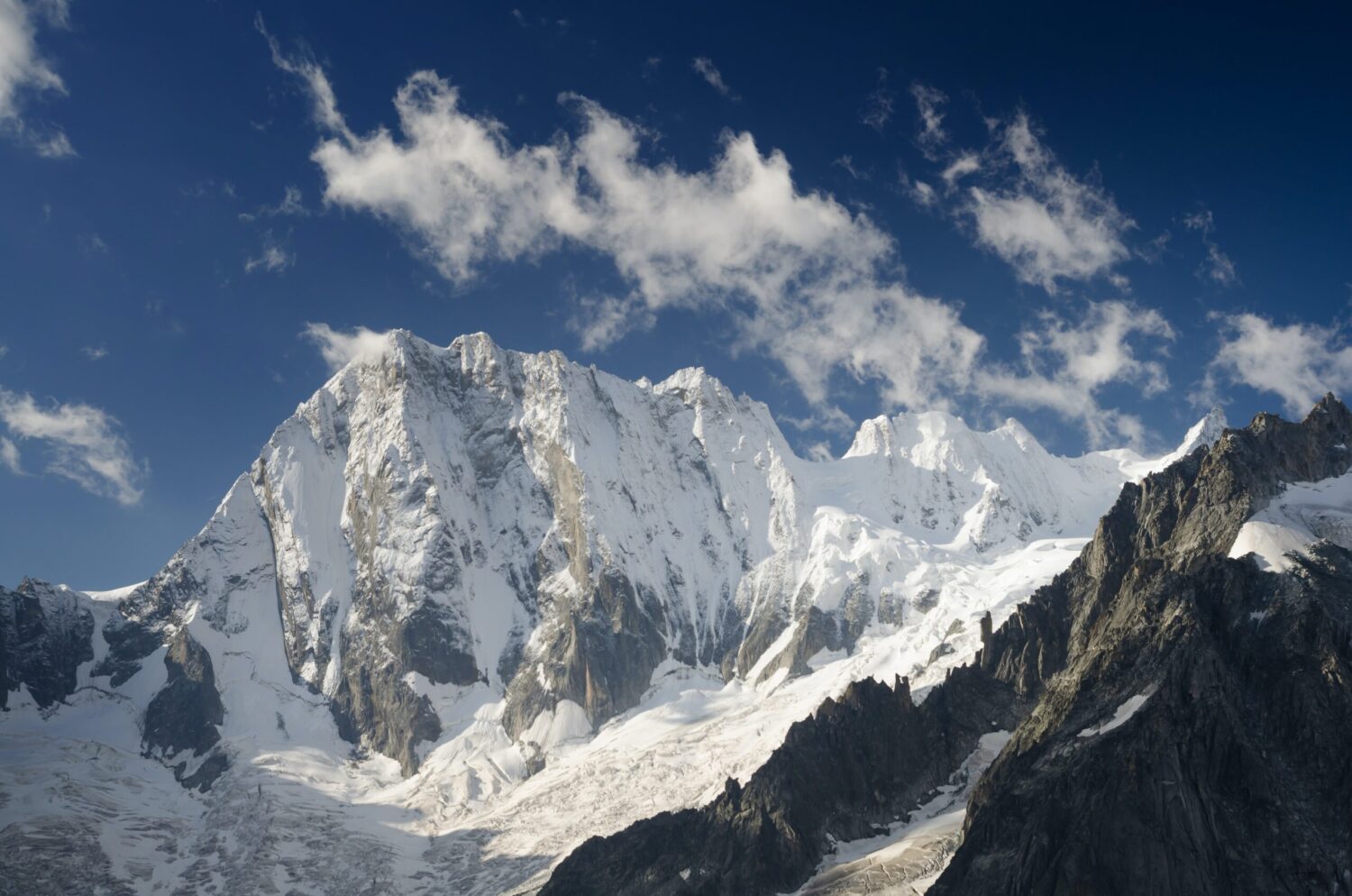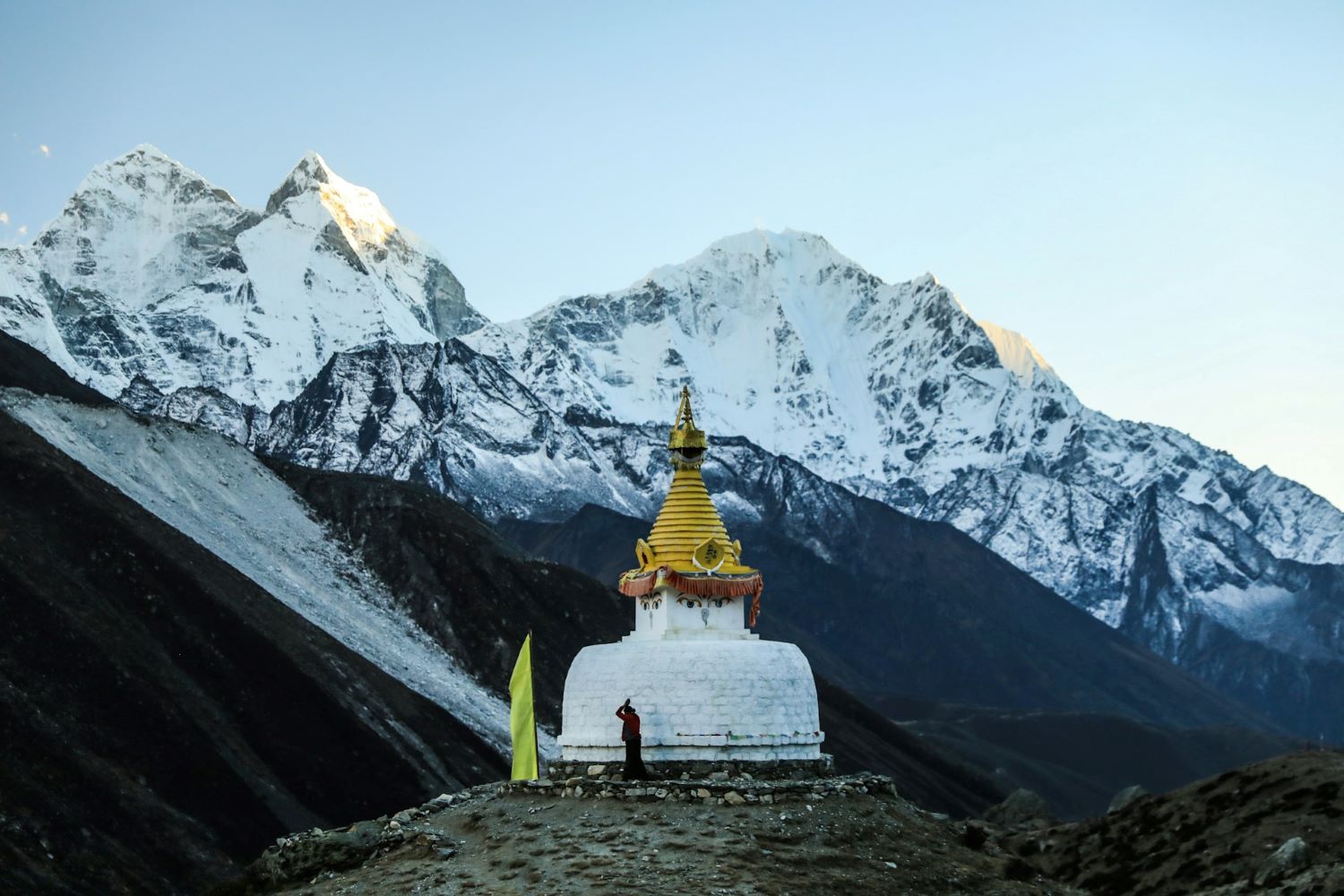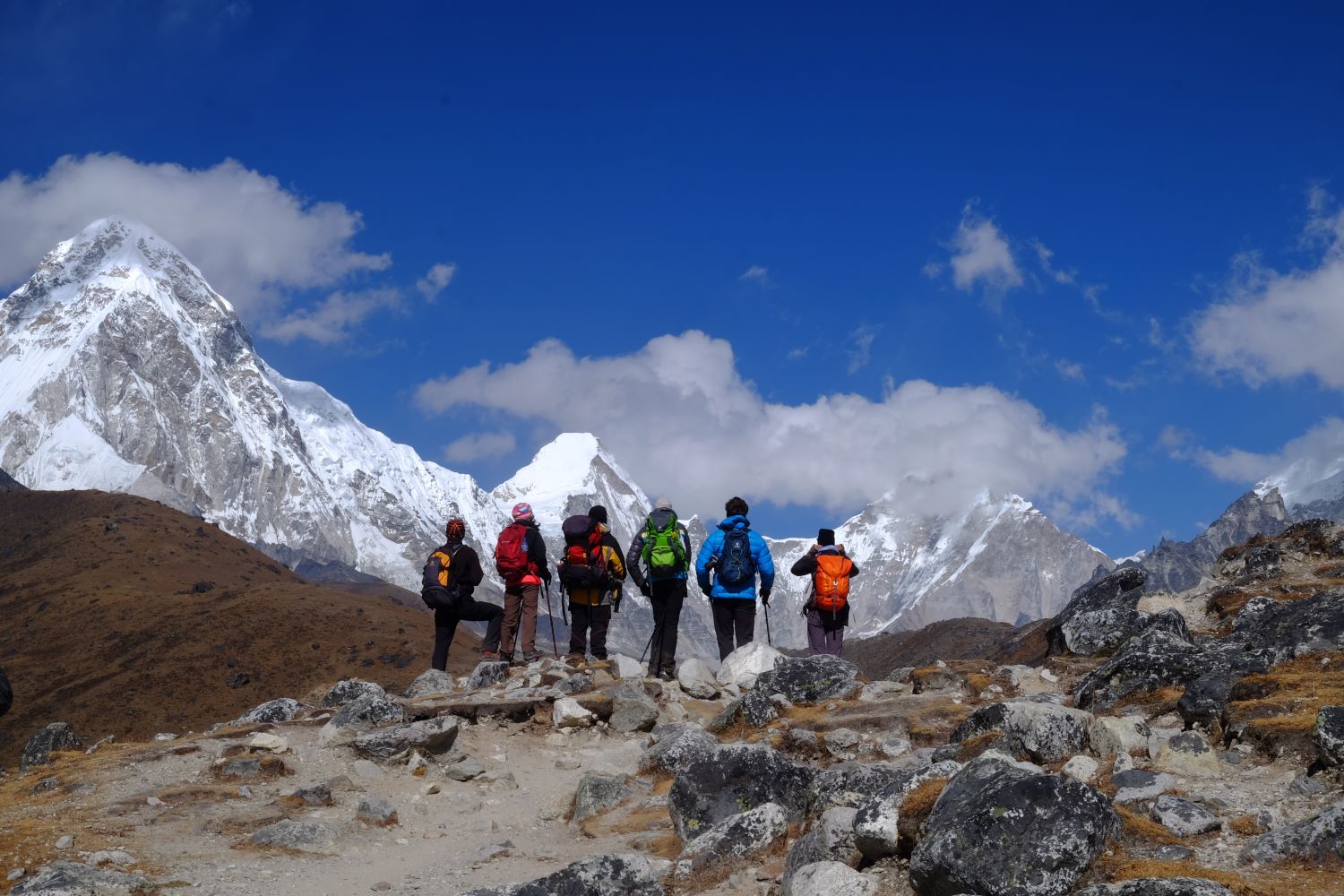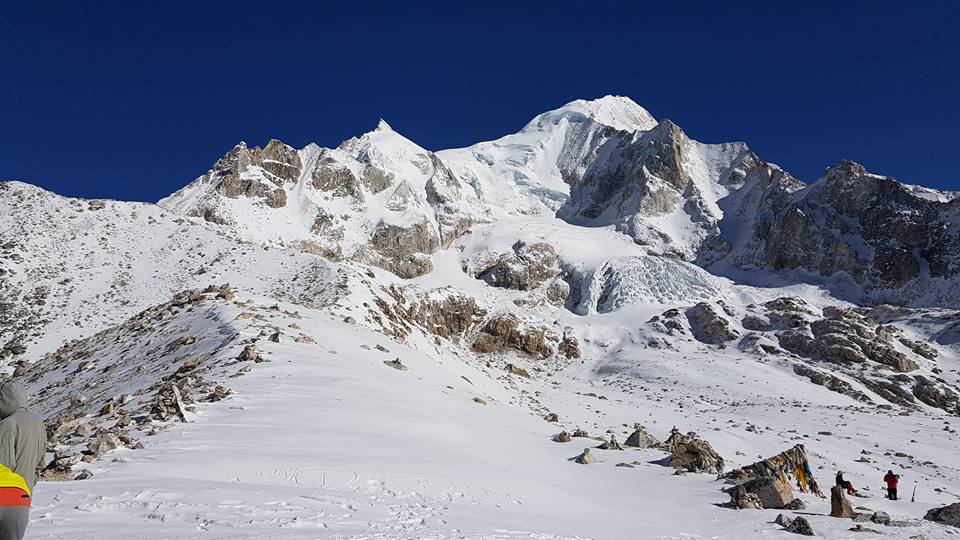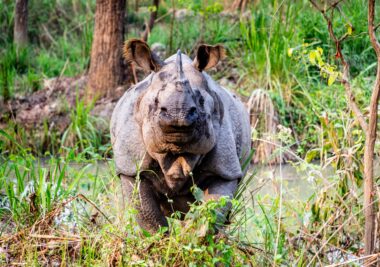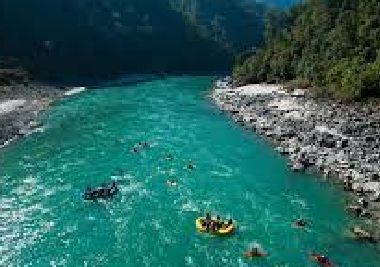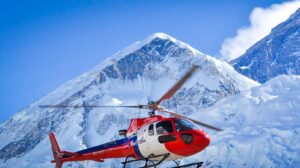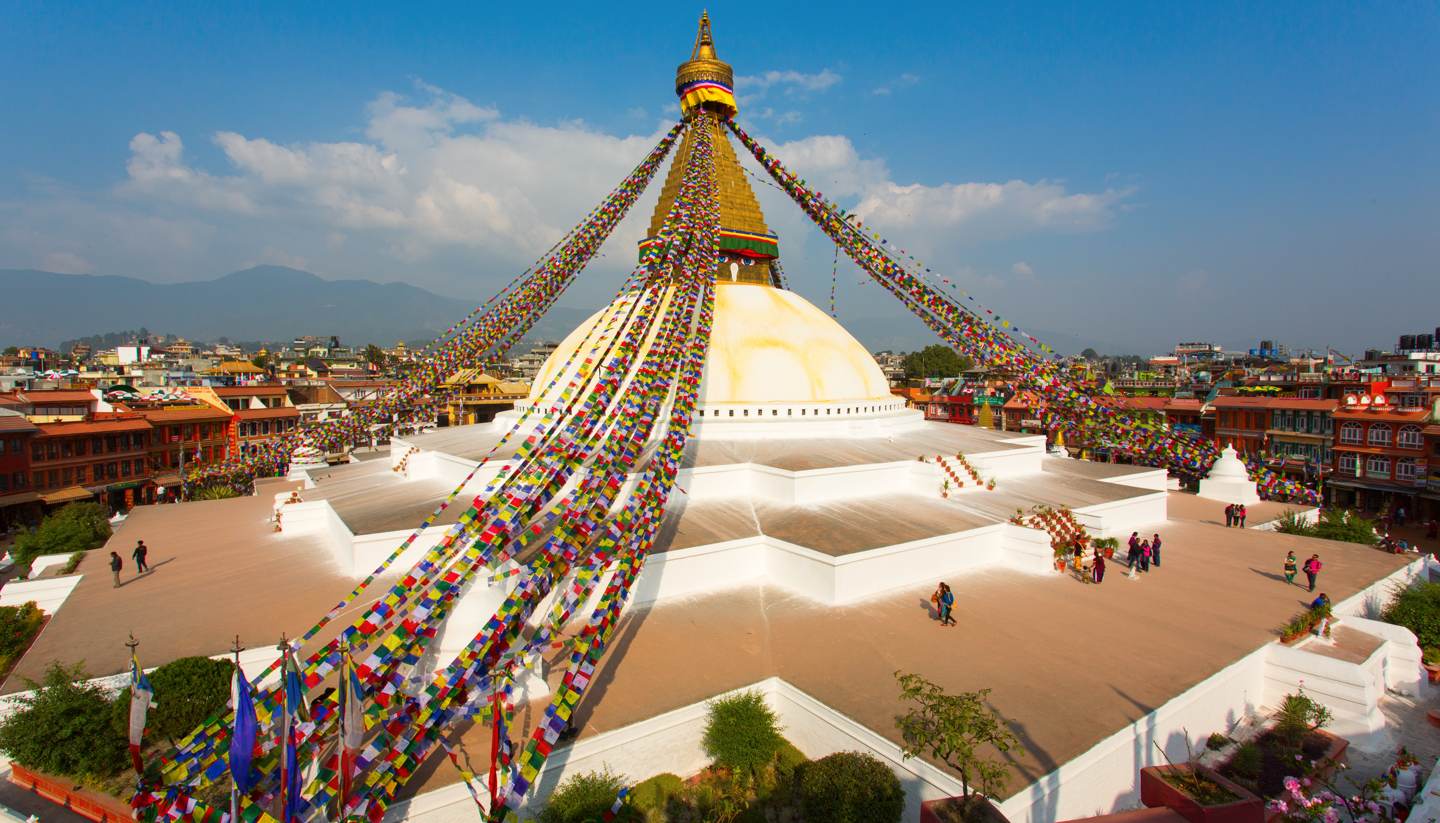Mera Peak Climbing is one of the most impressive trekking peaks. And holds the highest trekking peak among others over 6,000 meters. Similarly, Mera Peak Trek & Climb leads into absolute isolation and in the wilderness with natural surroundings away from villages. And human settlements, this is truly a remarkable adventure into the wildest area of Hinku valley. Likewise, in the eastern Khumbu region. Located just southeast of the giant world’s highest Mt. Everest offering amazing scenery of beautiful landscapes, hills, and valleys with high snow-capped mountains.
Mera peak’s highest summit stands at 6,461 meters and 21,190 feet. With a climbing grade rated as PD ( Peu Difficile / a little technical difficulty and walking on glaciers). The grades as per the Swiss / French Alpine System, this trekking leads to the enclosed and well-hidden Hinku valley.
In perfect isolation on the remote side of Khumbu and Everest region. This whole Hinku valley is enriched in flora and fauna. With a dense pristine forest of rhododendron, magnolia, and birch, pine trees.
What’s more on this trek
Mera Peak Climbbing, on leaving the forest tree lines leads to an arctic zone with ice, glaciers, and moraine, starting the climb from High Camp at 5,780 meters. With proper rest and acclimatization in Mera Base Camp 5, 300 meters. The approach to the summit straight forward climbs with the less technical challenge than other trekking peaks.
Our expert guides will fix ropes and make the path where necessary for the safe climb to the top summit, from the top of Mera Peak. which offers an overwhelming panorama of surrounding high mountains from Mt. Everest, Lhotse, Mt. Makalu all the way to Mt. Kanchenjunga in the far eastern horizon.
What to expect on this trip
This magnificent adventure begins and ends with a sweeping scenic short flight to and from Lukla town, the gateway to Everest and to another wonderful area of Khumbu, walk leads through high passes, tranquil forest, summer pasture, and towards moraines and glacial lakes after an adventurous climb to Mera Peak, return journey on the same route back to Lukla, from here concluding this awesome adventure with scenic short flight back to Kathmandu, after completing this fascinating journey to Mera Peak climb with Unique path excellent services and caring.
